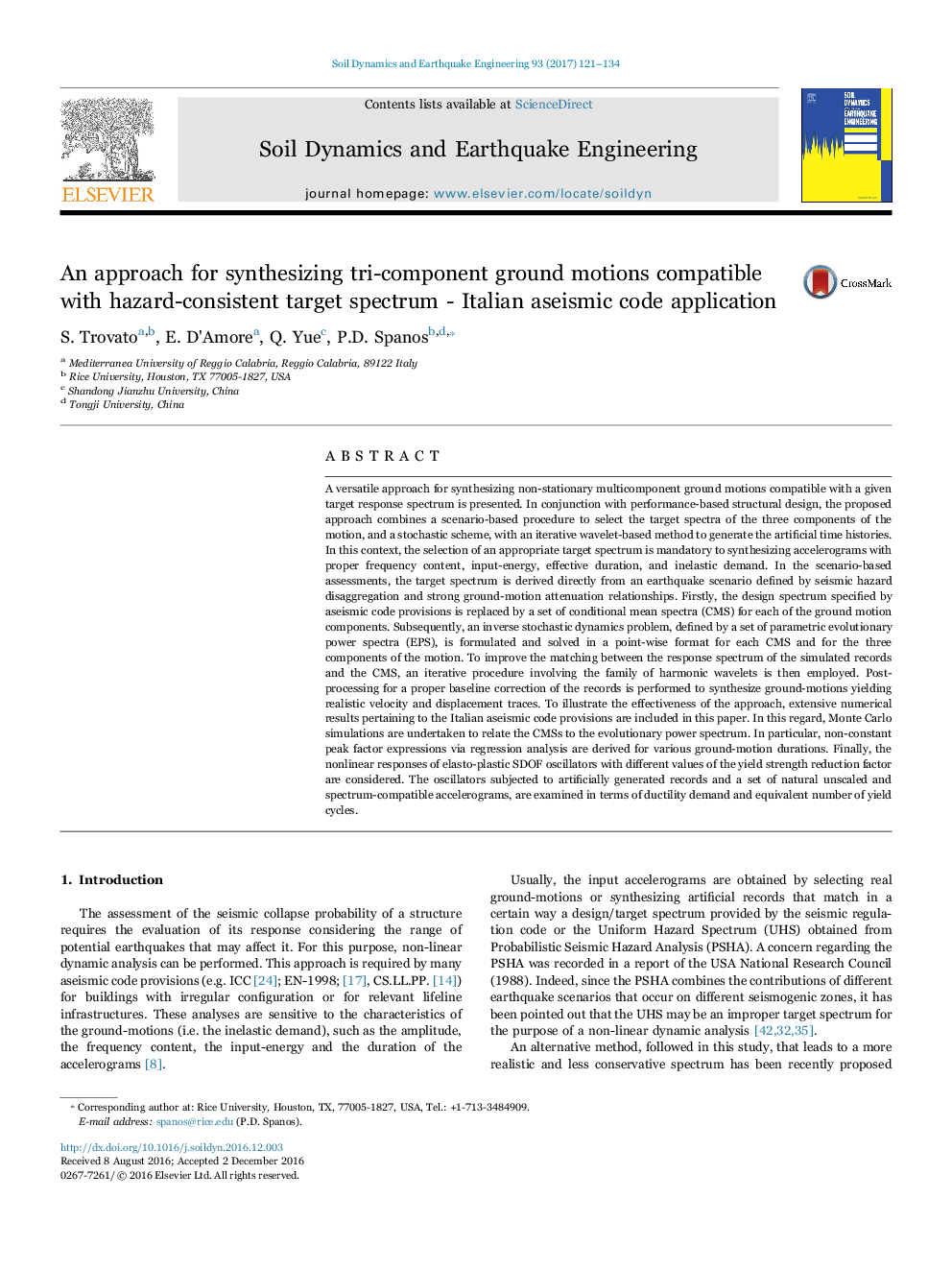ترجمه فارسی عنوان مقاله
یک رویکرد برای تلفیق حرکات زمین سه جزء سازگار با طیف هدف قابل قبول خطر - برنامه کد ایزو ایتالیایی
عنوان انگلیسی
An approach for synthesizing tri-component ground motions compatible with hazard-consistent target spectrum - Italian aseismic code application
| کد مقاله | سال انتشار | تعداد صفحات مقاله انگلیسی |
|---|---|---|
| 137455 | 2017 | 14 صفحه PDF |
منبع

Publisher : Elsevier - Science Direct (الزویر - ساینس دایرکت)
Journal : Soil Dynamics and Earthquake Engineering, Volume 93, February 2017, Pages 121-134

